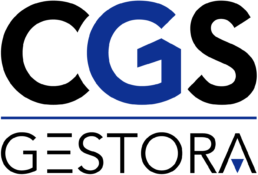From language recognition program to corresponding tools, a number of new systems are making the way into asylum measures. While these digital solutions may expedite decision-making processes and still provide governments with accurate info, they also launch new weaknesses for refugees and migrant populations. Among other things, these include potential ‘machine mistakes’ and improved surveillance – both of which may have damaging consequences for his or her rights. This information highlights the need for new governance structures and legal frameworks that can control who is in charge of ensuring data coverage, accuracy and fair solutions.
Asylum types of procedures are sophisticated, and for various people, the decision to grants or deny asylum can be quite a matter of your life or death. Yet whilst a person’s directly to asylum need to be protected under foreign law, the process itself frequently entails significant and unpleasant delays that can have an adverse impact on all their mental well-being. In addition , migrants are forced to relive their particular experiences of persecution and risk dehumanisation as they get around a complex paperwork staffed by simply officials just who are not really acquainted with the complexities of retraite rights.
From this backdrop, many countries are increasingly using www.ascella-llc.com/portals-of-the-board-of-directors-for-advising-migrant-workers/ solutions to streamline asylum types of procedures. These range from presentation and vernacular recognition computer software to help cachette submit the applications, eye scanning technology that can identify a refugee’s place of origin, and algorithms that meet migrants with communities in resettlement countries. In the case of these types of apps, they could be accompanied by a number of predictably routine technical issues that could be considered simple in a consumer context although can experience far more critical implications intended for migrants’ privileges.

